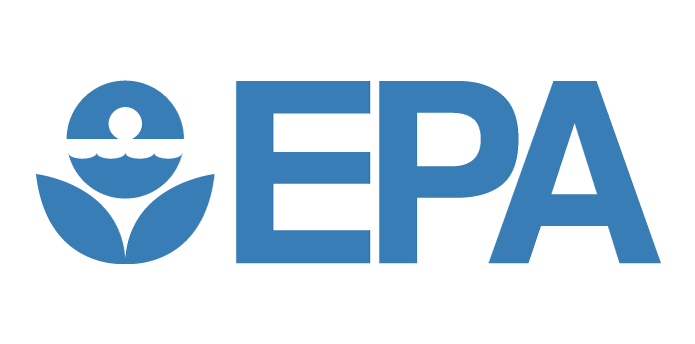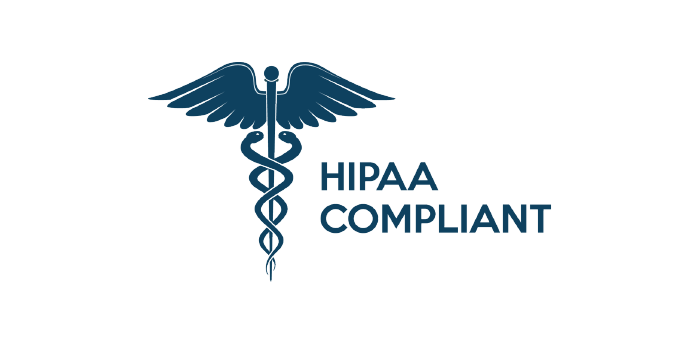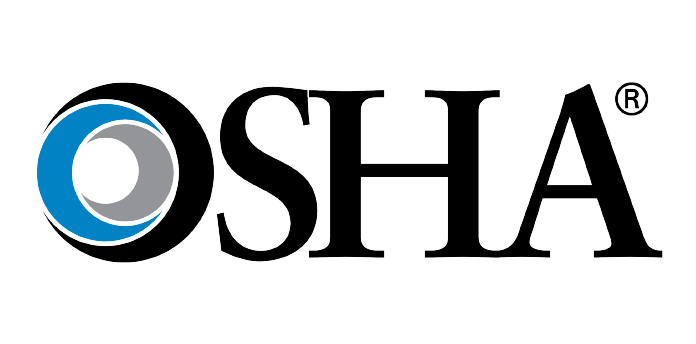← All Waste Disposal Industries
-

Plastic Surgery Waste Disposal
MET is a fully licensed, certified, and insured medical waste, treatment, and disposal company. We offer our waste disposal services across California, Nevada, and Arizona.
Medical waste disposal is critical for surgery centers, including plastic surgery centers, as they perform surgery or deal closely with biohazardous substances. Plastic surgery centers generate medical waste that must be disposed of properly to prevent the spread of infection and disease. Medical waste includes items such as sharps, blood, body fluids, and other potentially infectious materials. MET specializes in providing safe and compliant surgical waste disposal solutions to maintain regulated medical waste and compliance requirements. It is important to choose a reliable and experienced medical waste disposal company to ensure the safe transport, treatment, and disposal of these materials. Contact MET for more information.
Get a FREE $250 VISA Card if we can't save you money on medical waste disposal services



